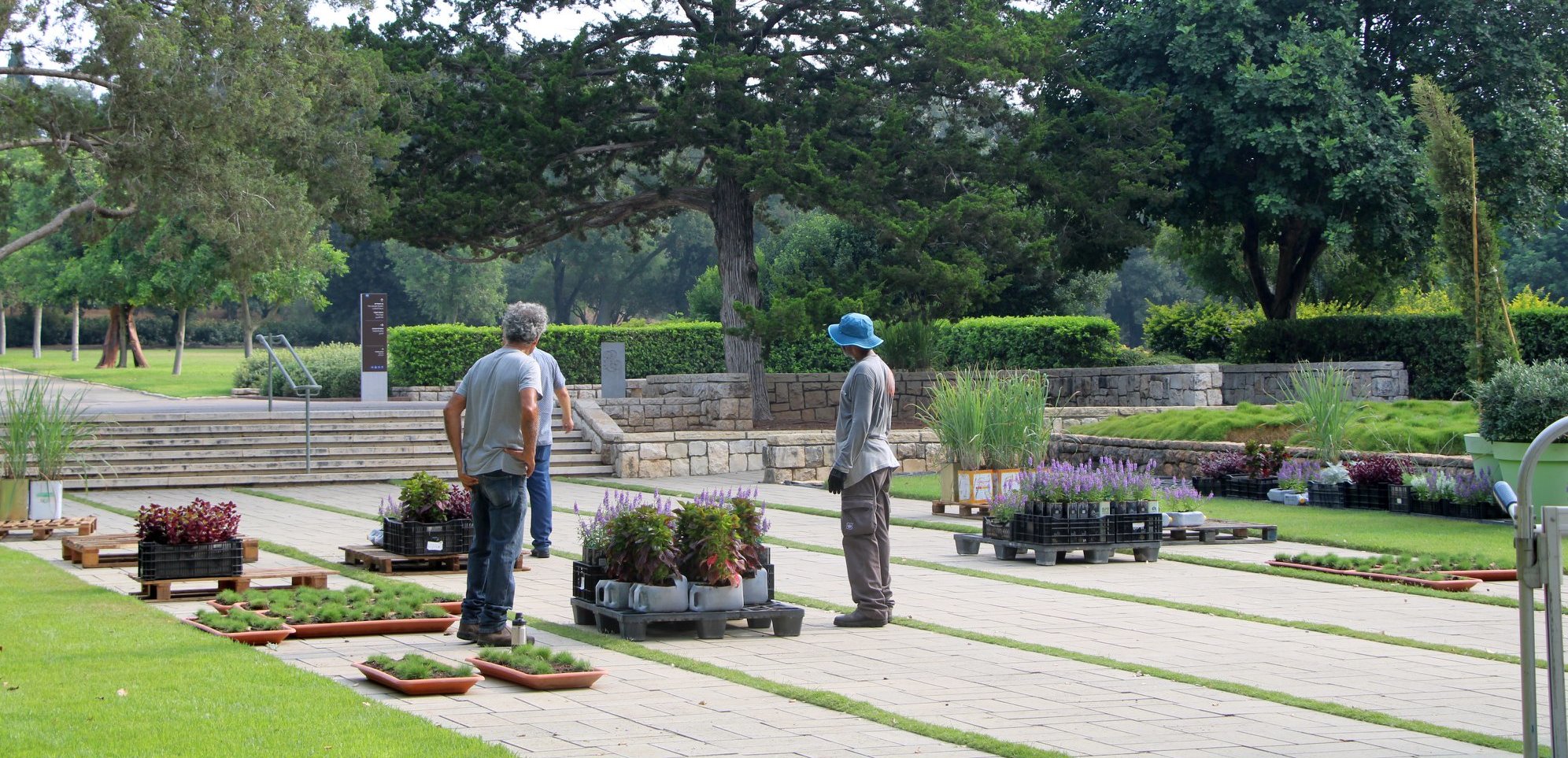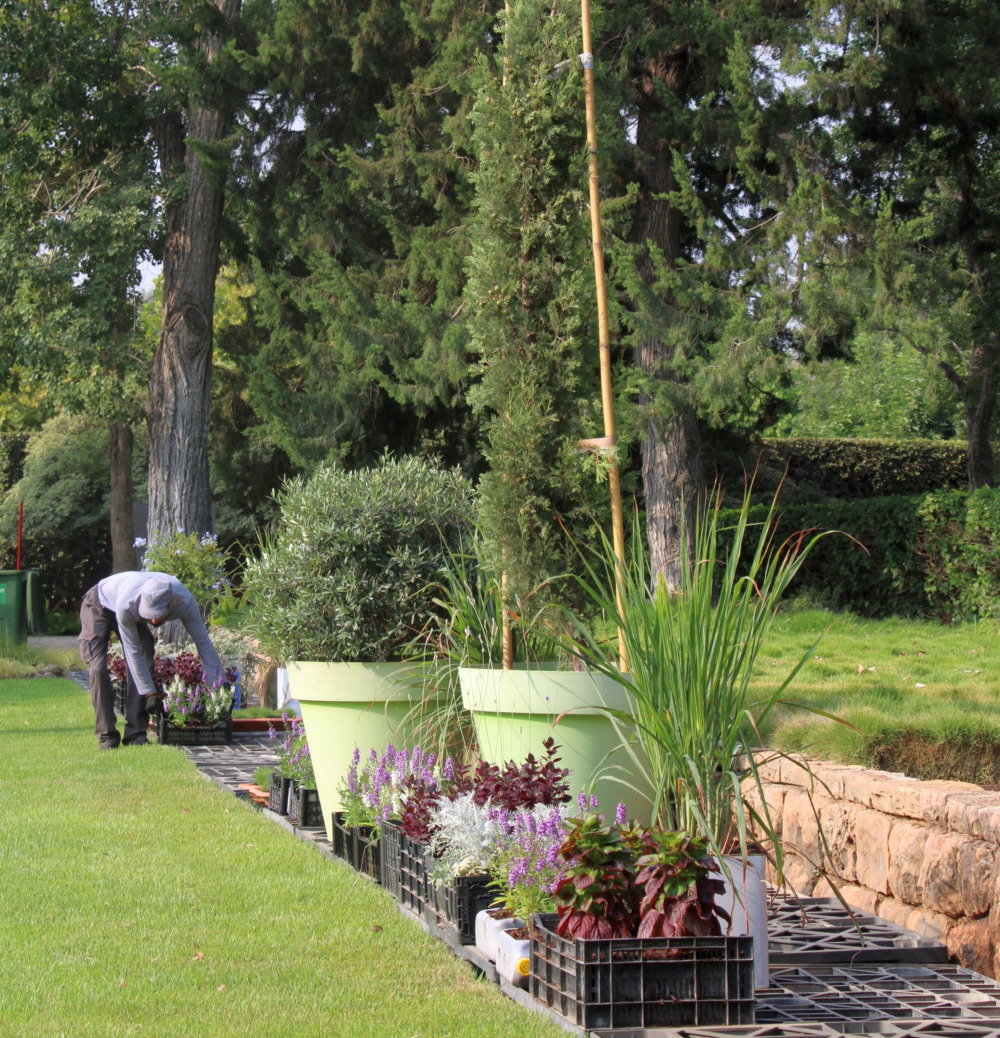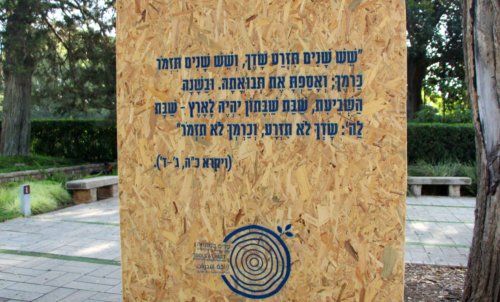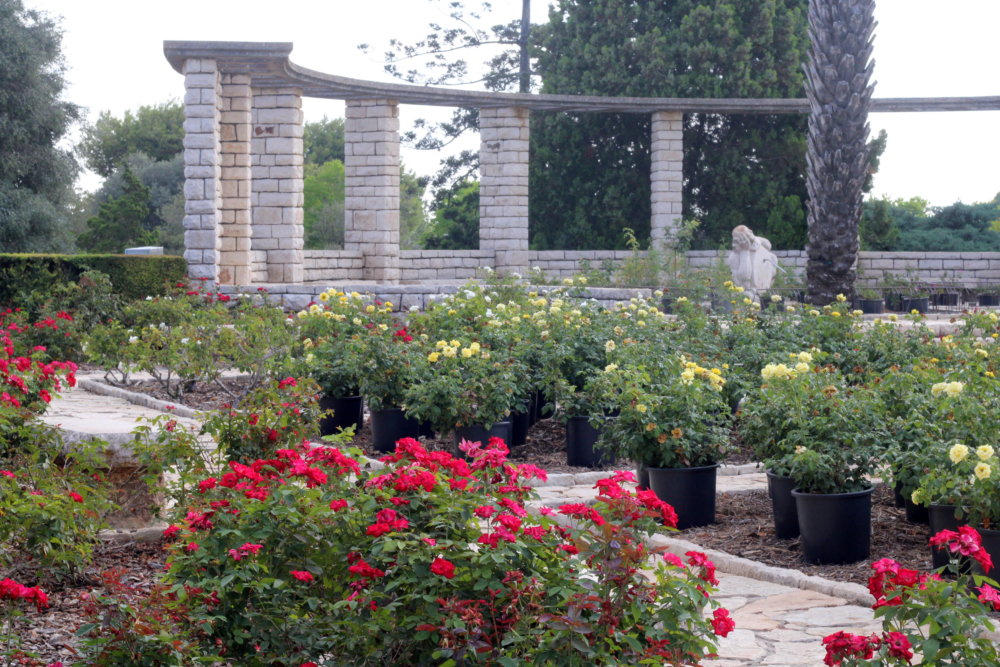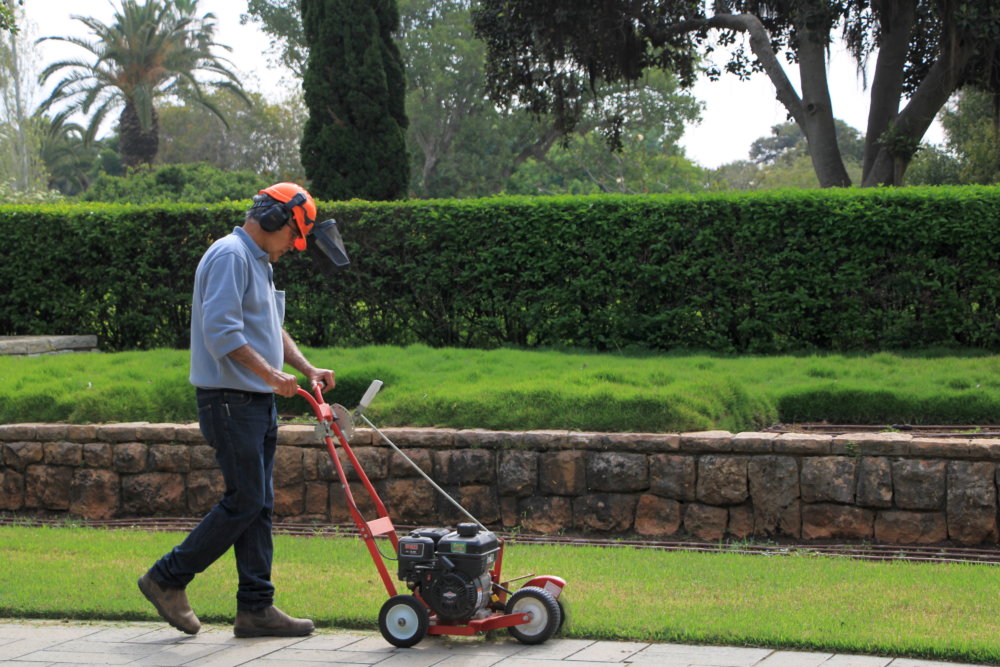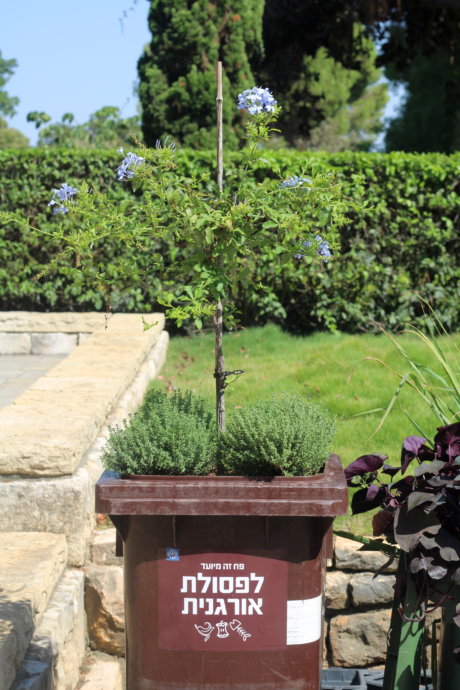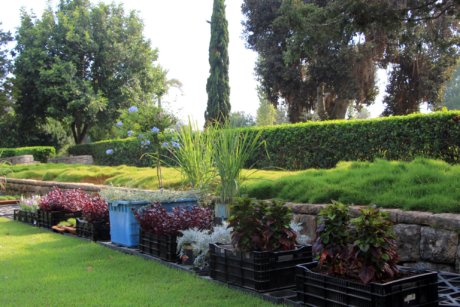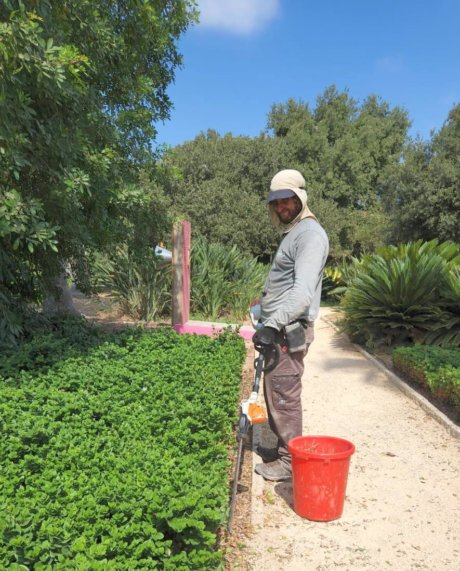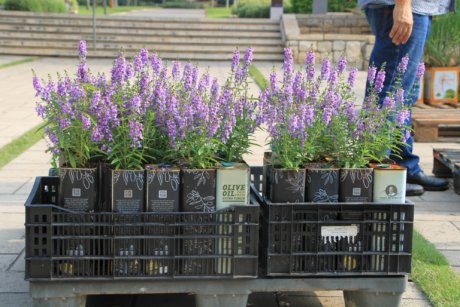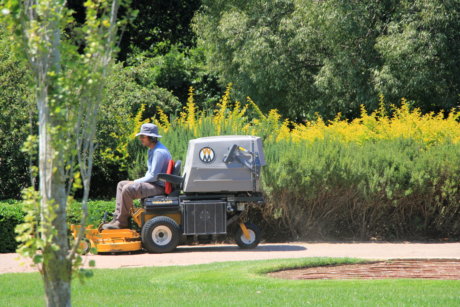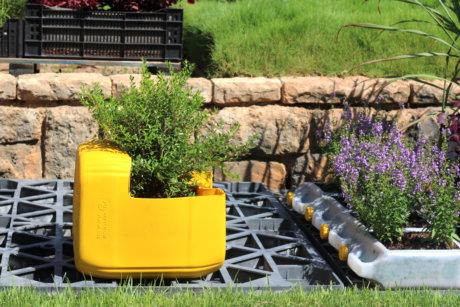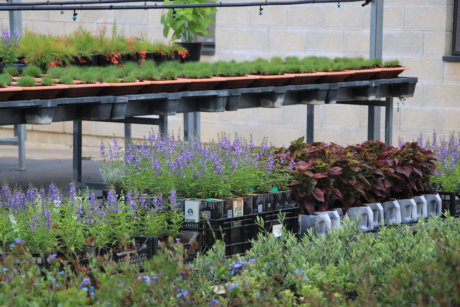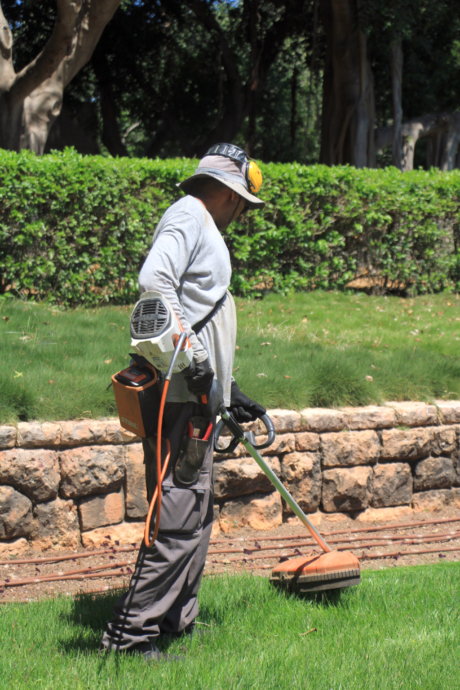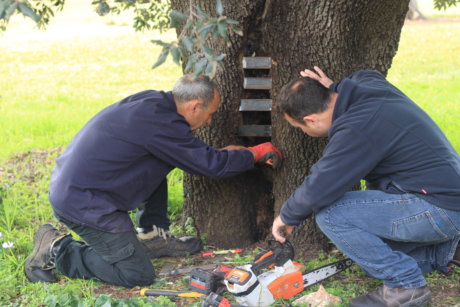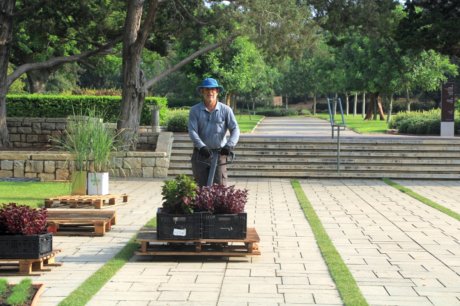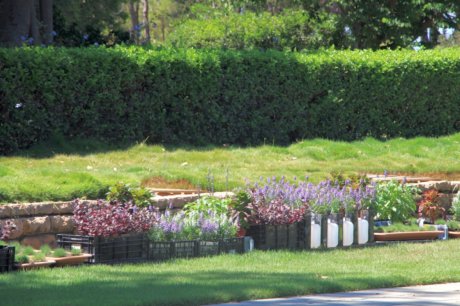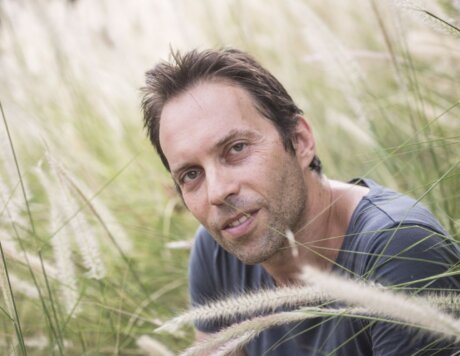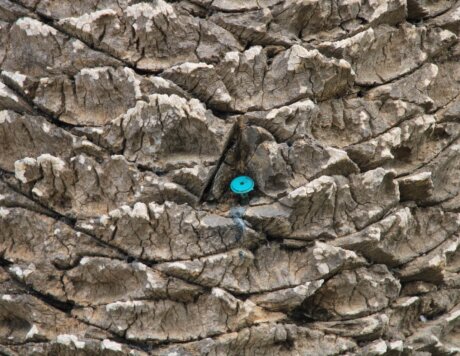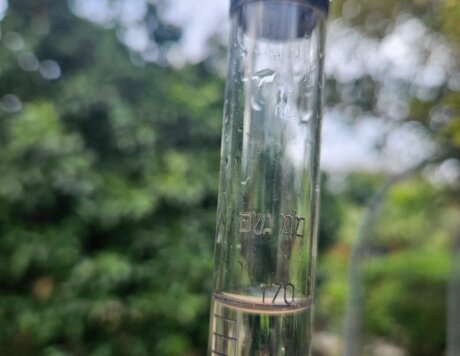‘The Shmita is special’, adds Lior, the Curator of the Gardens. ‘The garden drops to a “slower gear”, less stress, more time for introspection. There was no need to plant all the seasonal plants – a task that brings with it additional tasks, such as sowing, filling pots, transplanting, pruning, turning the soil, checking irrigation systems and digging. It’s true that the gardeners didn’t work less hard, but the tasks focused on maintenance, aesthetic pruning, pest control and more. The Shmita was also an opportunity for renewed learning, studying halakhic rules, investigating our motives for action. I believe that the Shmita doesn’t have a real effect on the garden, but I am sure that it’s good for the land to get some rest. I am convinced that the plants and soil also want to rest, to do what they do without any intervention’.
‘Right now the gardeners are working hard planting plants on sustainable, detached substrates.


